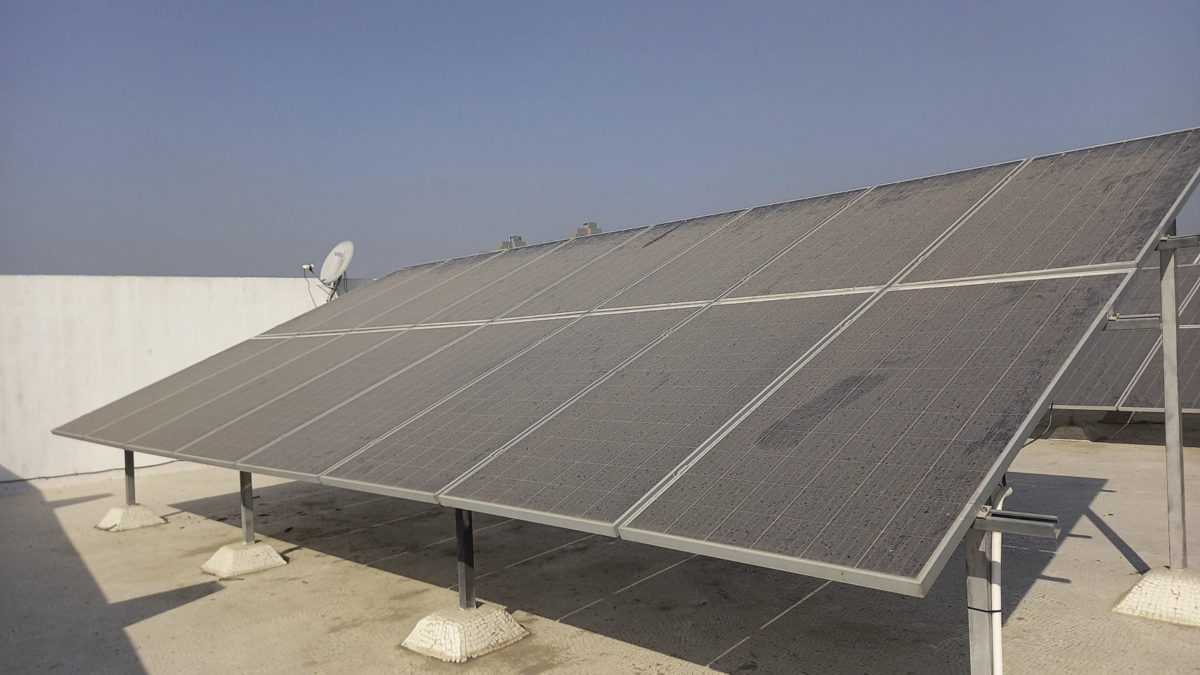From pv magazine USA
Soiling losses occur when solar panels are obstructed by particles such as dirt, dust, and animal droppings, leading to lower electrical output. The International Energy Agency (IEA) estimates that as much as $3 billion to $5 billion in lost revenues each year can be attributed to PV soiling.
However, accurate soiling-loss measurements have been a challenge for the global solar industry. As site conditions shift due to localized weather and changing climates, understanding the progression of soiling losses becomes crucial for asset operators to more effectively predict their impact.
Fracsun, with its extensive soiling loss database spanning 22 countries, has partnered with App Orchid, an artificial-intelligence platform, to introduce a comprehensive soiling-loss database and simulation tool. The Fracsun database currently compiles data from 7 GW of solar assets in diverse environments. This tool is anticipated to enhance production modeling accuracy and aid in budget planning for operations and maintenance.
With a simple query to the database, users can predict soiling losses with assistance from App Orchid’s AI platform. The simulation tool makes use of historical weather patterns, particulate matter, and other relevant data, and integrates it with a probabilistic modeling and decision engine. The application is available for any location in the United States.
“Our collaboration with Fracsun proves how the predictive analytics and decision-making AI built on App Orchid’s platform can enable the solar industry to be more sustainable while improving profitability,” said Vaibhav Nadgauda, chief executive officer of App Orchid.
The tool will provide project developers with more precise modeling data, offer operation and maintenance teams a clearer view of operational expenses and maintenance schedules, and give insights to origination teams into the most suitable regions for development.
“Developers and operational professionals alike are often asking for better insight into future costs and production impacts due to soiling for their assets,” said Catlin Matthies, chief executive officer of Fracsun. “This unforeseen impact to project performance has been a source of pain for years and only looks to be getting worse looking to the future.”
The IEA estimates that in 2018, soiling caused at least a 3% to 4% loss to global annual energy production from PV. And this is expected to increase to around 4% to 5% this year, thanks to an increase in PV installations in regions highly prone to soiling, economic pressures, and the fact that more efficient PV modules will suffer larger losses to their output due to soiling.
This content is protected by copyright and may not be reused. If you want to cooperate with us and would like to reuse some of our content, please contact: editors@pv-magazine.com.




By submitting this form you agree to pv magazine using your data for the purposes of publishing your comment.
Your personal data will only be disclosed or otherwise transmitted to third parties for the purposes of spam filtering or if this is necessary for technical maintenance of the website. Any other transfer to third parties will not take place unless this is justified on the basis of applicable data protection regulations or if pv magazine is legally obliged to do so.
You may revoke this consent at any time with effect for the future, in which case your personal data will be deleted immediately. Otherwise, your data will be deleted if pv magazine has processed your request or the purpose of data storage is fulfilled.
Further information on data privacy can be found in our Data Protection Policy.